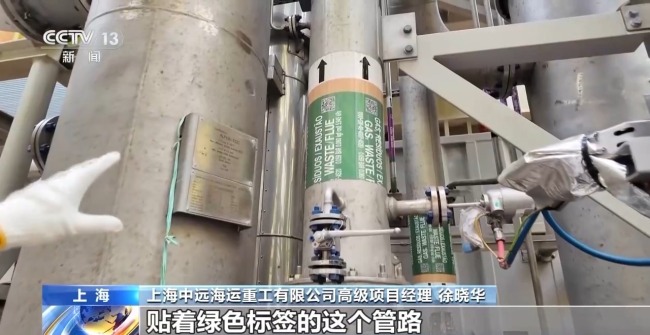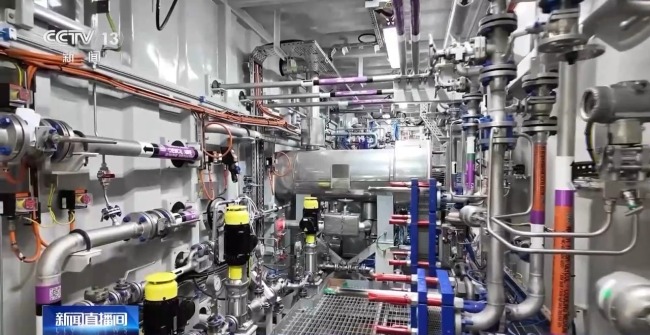Just just passed the Spring Festival holiday, a number of key projects for energy conservation and emission reduction have made new progress one after another.
Recently, at the Shanghai COSCO Shipping Heavy Industry Terminal on Changxing Island, Shanghai, the world's first offshore floating production and storage tanker equipped with carbon capture and storage equipment has been completed and is scheduled to be delivered and used by the end of this month.
This ship is 333 meters long and 60 meters wide, and produces a daily crude oil volume of up to 120,000 barrels. What is unique is that it can not only capture the carbon dioxide generated during navigation and production, but also use exhaust gas thermal energy to generate electricity, achieving the dual goals of environmental protection and energy conservation. The application of this technology marks an important step in my country's field of offshore carbon capture.

Xu Xiaohua, senior project manager of Shanghai COSCO Shipping Heavy Industry Co., Ltd.: This tower is actually a collection and scrubber for carbon capture, and the pipeline with a green label is the entrance to the exhaust gas. The exhaust gas is brought into the scrubber through the fan. There are some adsorbents in the scrubber, which will capture the hydrocarbons in the exhaust gas. In this way, the exhaust gas is the exhaust gas with relatively little carbon emissions.

Offshore oil and gas operations will generate a large amount of carbon dioxide every year. According to statistics, in 2023, the global offshore oil and gas production and processing industry will emit about 38 million tons of carbon dioxide. If control measures are not taken, the carbon dioxide emissions may increase to nearly 50 million tons by 2030.
Carbon capture and storage equipment provides greater possibilities for emission reduction in offshore oil and gas production and processing operations, and also provides new solutions for the global carbon peak and carbon neutrality target.